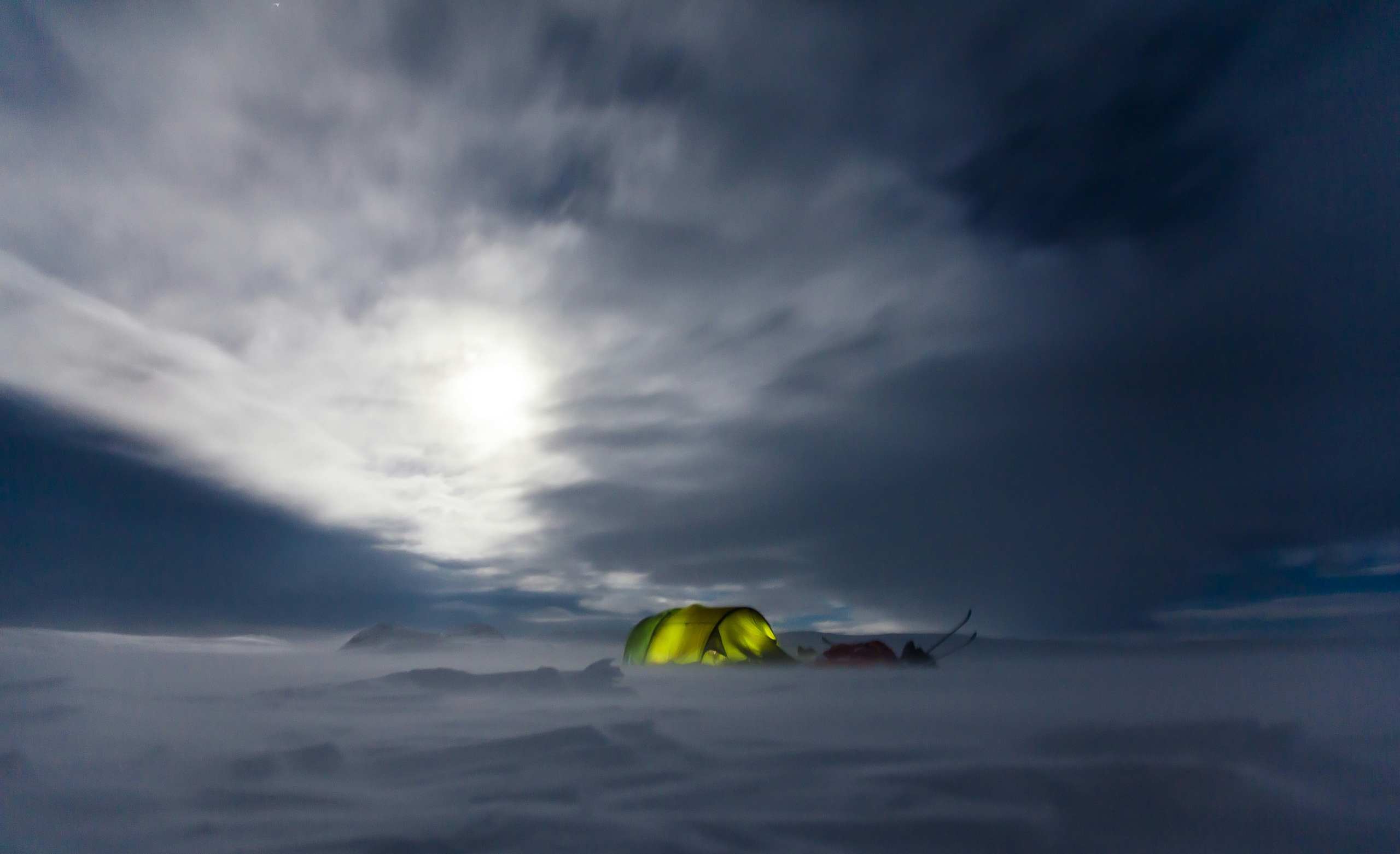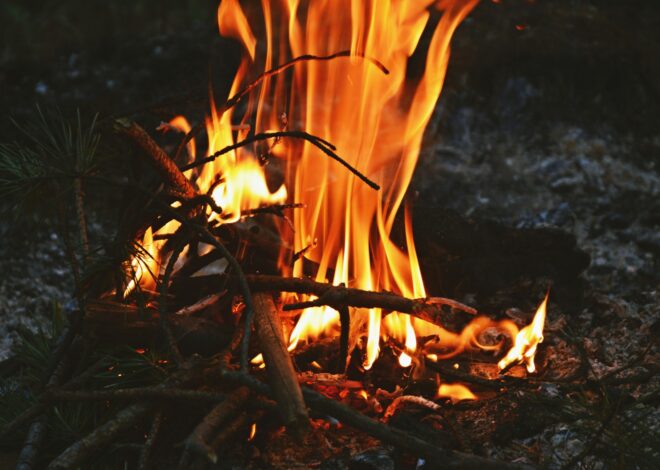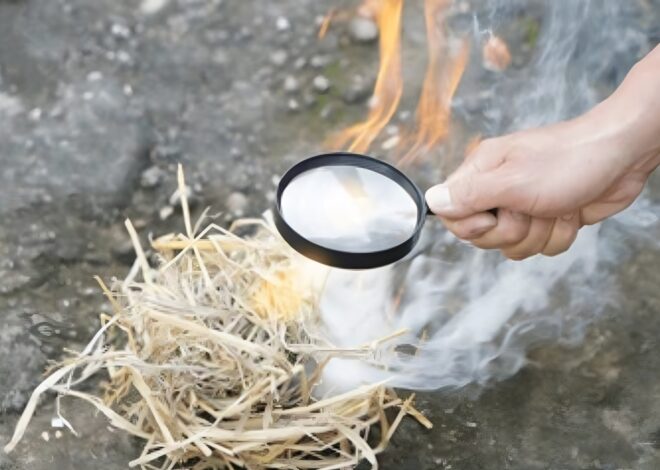
How To Survive In The Arctic
Welcome to the ultimate guide on how to survive in the Arctic! Brace yourself for an adventure like no other as we delve into the essential skills and knowledge needed to conquer this icy wilderness.
From building shelter to hunting for food, navigating treacherous terrains, and facing extreme cold temperatures head-on, get ready to discover what it takes to thrive in the unforgiving Arctic landscape.
So bundle up, gear up, and let’s embark on a journey of survival in one of nature’s most challenging playgrounds!
Essential Skills for Surviving in the Arctic
When venturing into the Arctic, having essential survival skills is crucial for your safety and well-being. One of the most important skills to master is building a shelter to protect yourself from harsh weather conditions. Whether it’s constructing an igloo or setting up a tent, knowing how to create a secure shelter can make all the difference in extreme cold.
Another vital skill is starting a fire. In freezing temperatures, a fire provides warmth, light, and can even be used for cooking food. Learning how to gather wood, ignite flames in challenging conditions, and maintain the fire are key aspects of surviving in the Arctic.
Hunting and gathering food is also essential for sustenance. Knowing how to fish through ice holes, set traps for small game like rabbits or birds, and identify edible plants can help you procure nutrients necessary for survival in this unforgiving environment.
Finding Shelter and Building a Fire
When venturing into the Arctic, finding shelter and building a fire are crucial for survival. The harsh conditions demand resourcefulness and quick thinking.
Shelter can range from natural formations like caves to man-made structures using snow blocks or tents. It’s essential to shield yourself from the biting cold winds and potential blizzards.
Building a fire in the Arctic requires skill and proper preparation. Gathering dry wood, kindling, and tinder is vital for starting and maintaining a fire in freezing temperatures.
Knowing how to protect your fire from wind or moisture is key to keeping it burning efficiently. A well-built fire provides warmth, light, and comfort in the unforgiving Arctic environment.
Mastering these skills not only ensures survival but also fosters a deeper connection with nature’s raw beauty. Embrace the challenge of finding shelter and building fires in this extreme wilderness.
Hunting and Gathering Food in the Arctic
When it comes to survival in the Arctic, hunting and gathering food is a crucial skill. The harsh environment of the Arctic presents challenges when it comes to finding sustenance. However, with the right knowledge and tools, you can source food from your surroundings.
Arctic wildlife such as seals, whales, and polar bears are traditional sources of protein for indigenous people living in this region. Learning how to track these animals and set up traps or snares can increase your chances of securing a meal.
Additionally, foraging for edible plants like lichen or berries can supplement your diet. It’s essential to familiarize yourself with the vegetation that grows in the Arctic landscape and know which plants are safe to eat.
Fishing is another viable option for acquiring food in the Arctic. Setting up ice fishing holes or using traditional fishing techniques can provide you with much-needed nutrients during your stay in this unforgiving environment.
Staying Warm in Extreme Cold Temperatures
When facing the brutal cold of the Arctic, staying warm is not just a comfort but a matter of survival. Insulating your body with layers is key; start with moisture-wicking base layers, add insulating layers like fleece or down jackets, and finish with a windproof and waterproof outer shell.
Don’t forget about your extremities – keep your head covered with a hat, wear insulated gloves or mittens, and invest in quality thermal socks to protect your feet. Heat escapes from your head faster than any other part of your body, so keeping it covered is crucial.
Utilize hand and foot warmers for extra heat in particularly frigid conditions. Keep moving to generate body heat and avoid sweating which can lead to dangerous chilling when you stop. Warm beverages like tea or soup can also help maintain core temperature. Remember, in the Arctic cold, preparation is paramount!
Navigating the Arctic Terrain
Navigating the Arctic terrain can be a daunting challenge, with vast expanses of snow and ice stretching as far as the eye can see. It’s crucial to have a keen sense of direction and an understanding of how to read the subtle cues that nature provides.
In this harsh environment, landmarks can be scarce, so relying on GPS devices or compasses may not always be reliable. Instead, learning to navigate by observing the position of the sun or using natural features like mountains or rock formations can be more dependable methods.
Travelling in groups is also advisable for safety reasons – if one person becomes lost or injured, having others nearby can make all the difference. Additionally, investing time in studying maps and becoming familiar with topographic features before setting out on a journey is essential for successful navigation in this unforgiving landscape.
Preparing for Emergencies in the Arctic
In the harsh and unforgiving Arctic environment, being prepared for emergencies is crucial. One key aspect of preparation is ensuring you have the necessary survival gear with you at all times. This includes items such as a first aid kit, signaling devices, extra food supplies, and emergency shelter materials.
Another important consideration is knowing how to signal for help in case of an emergency. Carrying a whistle or mirror can be effective ways to attract attention from rescuers in vast snowy landscapes where visibility may be limited.
It’s also essential to have a plan in place for communication and rescue should something go wrong. Familiarize yourself with distress signals and emergency procedures before embarking on any Arctic adventure.
Remember that staying calm and collected during emergencies can make a significant difference in your chances of survival. Keeping a positive mindset and focusing on problem-solving rather than panic will ultimately help you navigate through challenging situations effectively.
Mental and Emotional Preparation for Surviving in Isolation
When embarking on a journey to survive in the Arctic, mental and emotional preparation is just as crucial as physical survival skills. Isolation in this harsh environment can take a toll on even the strongest of individuals. The never-ending expanse of snow-covered land and icy waters can feel overwhelming at times.
To combat feelings of loneliness and isolation, it’s essential to stay connected with your inner self. Embrace solitude as an opportunity for introspection and self-discovery. Engage in mindfulness practices to maintain a sense of calm amidst the stark surroundings.
Keeping a journal can also be therapeutic during long periods of isolation. Documenting your thoughts and experiences not only provides a creative outlet but also helps track personal growth throughout the journey.
Remember to stay positive and focus on small victories each day. Celebrate accomplishments no matter how minor they may seem – every step forward is progress towards survival in the Arctic wilderness.
In moments of doubt or fear, remind yourself why you embarked on this adventure in the first place. Draw strength from your determination to overcome challenges and thrive in an environment that tests both body and mind.
Conclusion: Embracing the Adventure of Surviving in the Arctic
Surviving in the Arctic is no small feat. It requires a unique set of skills, mental resilience, and physical endurance. From finding shelter and food to staying warm in extreme cold temperatures, every aspect demands your attention and resourcefulness.
Despite the challenges that come with living in such harsh conditions, there is also an undeniable beauty and sense of adventure that accompanies it. The vast landscapes, stunning wildlife, and unparalleled solitude offer a once-in-a-lifetime experience for those brave enough to venture into this icy wilderness.
So if you ever find yourself facing the unforgiving terrain of the Arctic, remember to stay calm, think strategically, and adapt quickly. By honing your survival skills and embracing the challenges that come your way, you will not only survive but thrive in one of Earth’s most extreme environments.
Prepare well, stay vigilant, and above all else – embrace the adventure that comes with surviving in the Arctic.






